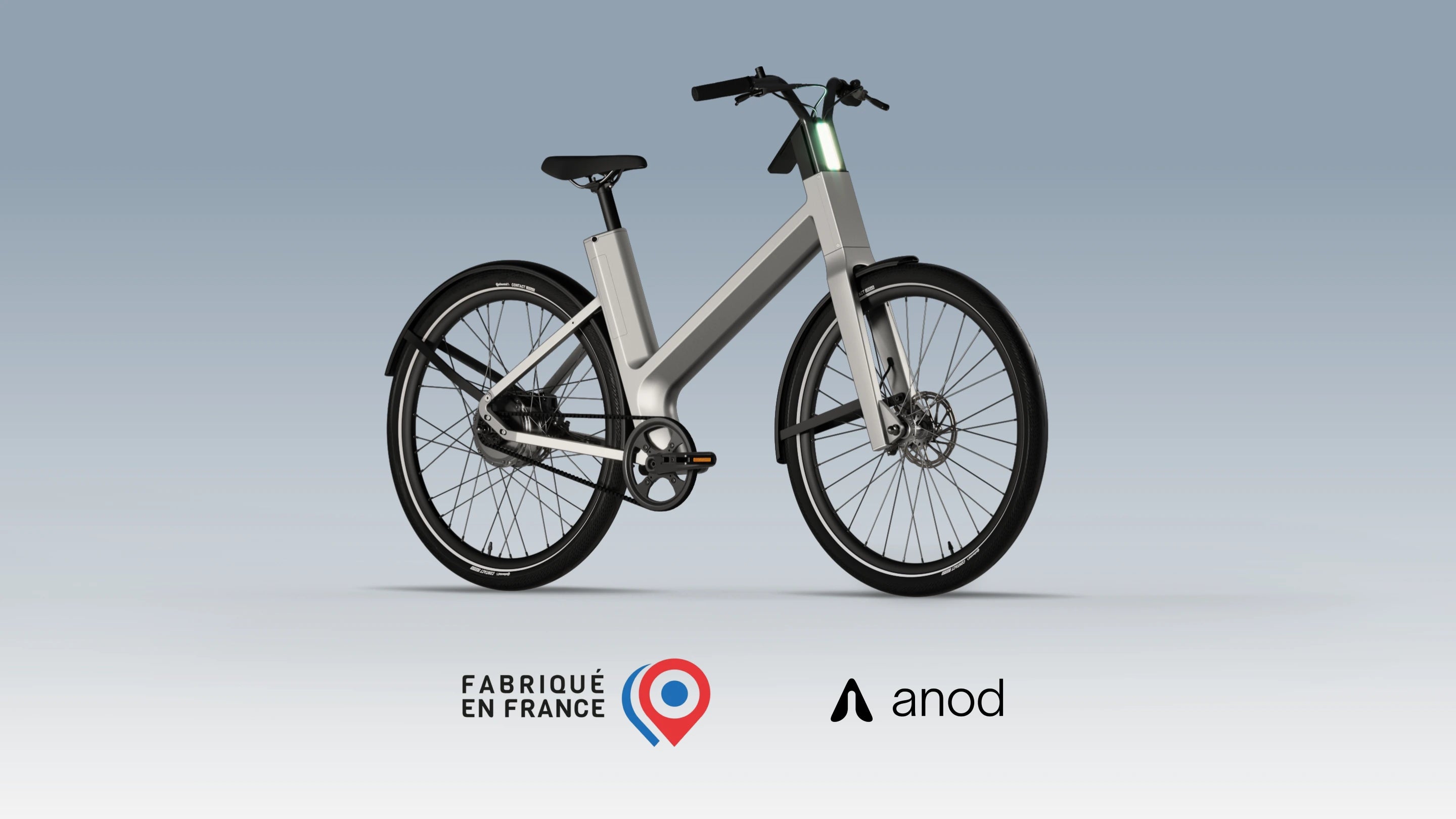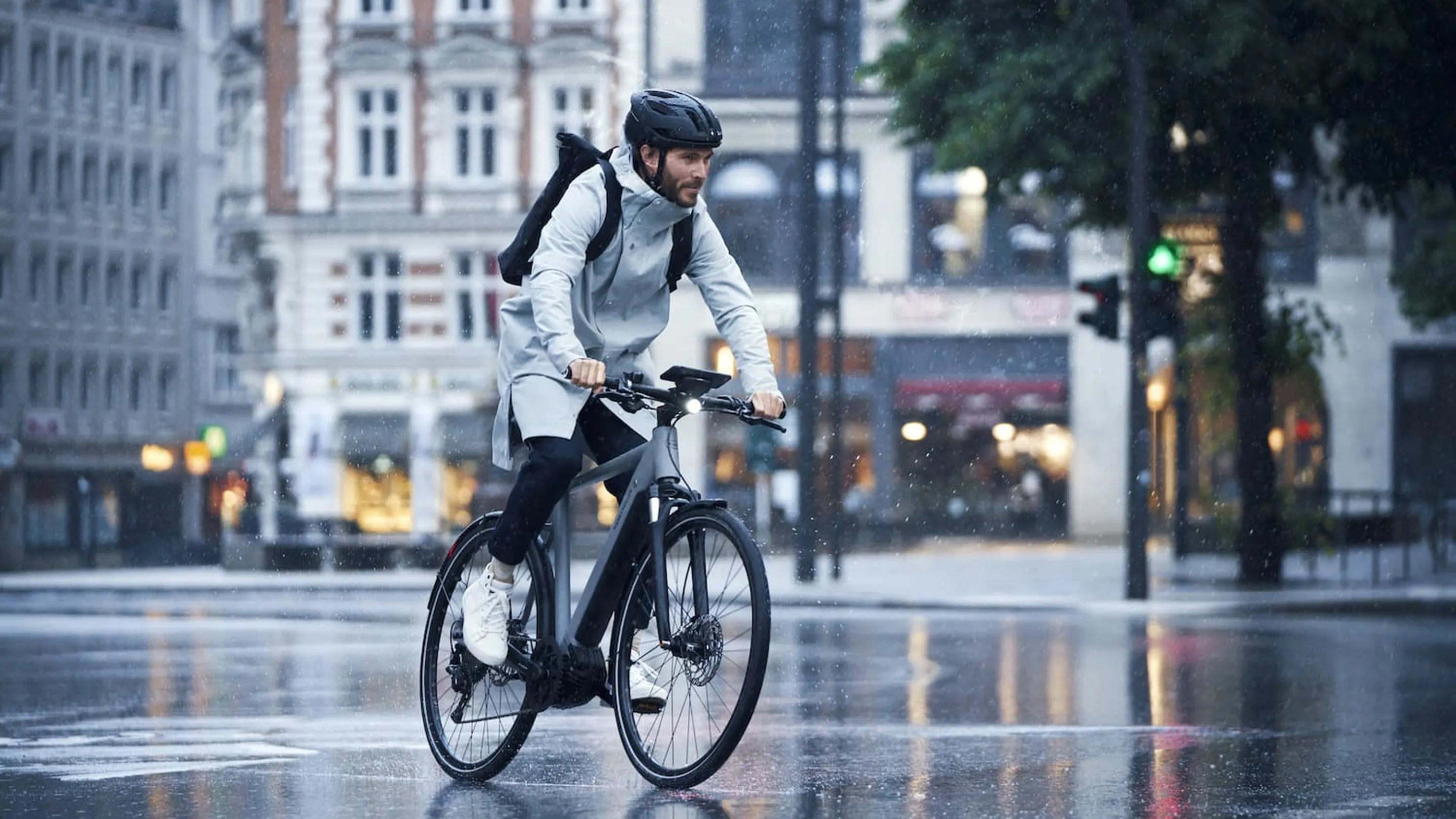What does the law say about electric bikes?

Electric bikes are gaining popularity thanks to their practicality and ecological impact. However, to drive safely and legally, it is essential to be familiar with the regulations in force.
Here's everything you need to know about it!
Understanding the legislation on electric bikes
An electrically assisted bicycle (VAE) is defined by law as a bicycle equipped with an auxiliary electric motor. This motor must not exceed a power of 250 watts and must be activated only when the cyclist pedals, with a maximum speed of 25 km/h. So, there is no point looking for a 3000 watt bike, because it will no longer be considered a bike under the law, and the applicable regulations will be different.
The legislation also specifies that electric bicycles must respect the same rules as traditional bicycles in terms of traffic. They are allowed on cycle paths and roads , but prohibited on sidewalks .
Current standards for electric bikes
The standards in force for electric bicycles regulate both manufacturers and users to guarantee the safety and compliance of the latter.
What are the standards for an electrically assisted bicycle? Manufacturers must ensure that bicycles meet the EN 15194 standard , which specifies safety, performance and manufacturing requirements. This standard includes rigorous testing for electrical components, such as batteries and motors, to prevent the risk of overheating and fire.
For users , standards require that electric bikes be equipped with certain safety devices. They must have front and rear lights , reflectors on the wheels and pedals, as well as a bell . The motor must also cut off automatically as soon as the speed reaches 25 km/h or the user stops pedaling , without forgetting the need to have an effective braking system that complies with safety standards.
Mandatory and recommended equipment for electric bikes
For safe and compliant use of e-bikes, it is crucial to know the mandatory and recommended equipment.
Mandatory electric bike equipment: The law requires several types of safety equipment for electric bikes, such as:
- front and rear lights , to ensure good visibility day and night;
- reflectors on the wheels and pedals, as well as on the sides of the bike;
- a bell , essential to warn pedestrians and other cyclists;
- effective brakes on both wheels.
As for the often asked question: Is it obligatory to have a helmet on an electric bike? The answer is yes ! French legislation stipulates that wearing a helmet is compulsory for children under 12 , whether they are drivers or passengers. For adults, helmets are still strongly recommended, although they are not obligatory.
Recommended equipment: Although not mandatory, certain equipment is strongly recommended to ensure your safety on an electric bike. We can notably cite:
- wearing a helmet , even for adults, which can significantly reduce the risk of serious injury in the event of a fall;
- reflective safety vests , to be more visible, especially at night or in low light;
- protective gloves , for better grip on the handlebars and to protect the hands in the event of a fall;
- a rear-view mirror, to monitor traffic behind you;
and of course a solid electric bike lock !
To find out more on the subject, do not hesitate to consult our FAQ !
Traffic rules specific to electric bicycles
Electric bicycles are subject to specific traffic rules to ensure the safety of all road users. The regulations for electric bicycles therefore provide clear instructions on where and how these bicycles must circulate.
Where should an electric bike ride? E-bikes must ride on cycle paths where available. In the absence of cycle paths, they can travel on the road, respecting the same rules as traditional bicycles.
However, they are strictly prohibited from riding on sidewalks, unless specific signage authorizes it!
Are electric bikes restricted? Yes, according to the new electric bike regulations, electrically assisted bikes are restricted. Legislation requires that the assistance of the electric motor is automatically cut off when the speed reaches 25 km/h. This limitation aims above all to guarantee the safety of all and to align the use of electric bicycles with that of conventional bicycles.
In addition to these rules, there are Speed Pedelec type electric bikes, which can reach a speed of 45 km/h. The 45 km/h electric bike legislation classifies these bikes as mopeds , requiring stricter safety equipment and specific traffic rules. Speed Pedelec users must then wear an approved helmet, have insurance, and register their bike. They are also required to travel on the road and not on cycle paths.
The consequences of non-compliance with the legislation
Failure to comply with the legislation on electric bicycles can have several consequences for users, consequences which vary depending on the seriousness of the offense (fines, confiscation of the bicycle, or even criminal sanctions in the event of repeat offenses or particularly dangerous behavior. ):
- Fines : Violating traffic rules, such as riding on the sidewalk or exceeding speed limits, can result in fines. For example, failing to respect the rules relating to lighting or signaling devices (such as lights and reflectors) can result in a fine of €11 to €38;
- Confiscation of the bicycle : In the event of repeated or serious offenses, the police may confiscate the electric bicycle. This can happen if the bike has been modified to exceed legal speed limits, or if mandatory safety equipment is not in place;
- Criminal penalties : For more serious offenses, such as dangerous driving or driving under the influence of alcohol, penalties may include prison time. Driving under the influence of alcohol, for example, is punishable by a fine of up to €750 and the withdrawal of your driving license (B license). It is also prohibited to modify the speed limitation device of an electric bicycle, which can be punished with a fine of up to €30,000 and one year of imprisonment, with suspension of the driving license for 3 years;
- Impact on insurance : Non-compliance with the legislation can also have consequences on insurance. In the event of an accident, if the bicycle does not comply with regulations (for example, if it has been unrestrained to exceed 25 km/h), the insurance may refuse to cover the damage, leaving the user alone. responsible for costs;
- Civil liability : Users of electric bicycles must also be aware of their civil liability in the event of an accident. Failure to respect traffic rules can lead to liability, with significant financial consequences if third parties are injured.
The importance of choosing a compliant electric bike

Choosing an electric bike that complies with current standards and regulations is absolutely essential to guarantee not only the safety of the cyclist, but also to avoid legal sanctions. Here are some tips for selecting an electric bike that fully complies with all current regulations:
- Check the conformity of the motor : The motor of the electric bike must have a maximum power of 250 watts and the electric assistance must cut off automatically when the bike reaches 25 km/h. Also make sure the motor only runs when you are pedaling;
- Make sure you have the mandatory equipment : A compliant electric bike must be equipped with front and rear lights, reflectors on the wheels and pedals, and a bell. Brakes must also be present on both wheels and work effectively;
- Look at battery safety : The battery must be rechargeable and comply with European safety standards. This includes electromagnetic compatibility and safety of chargers to avoid risks of overheating and fire;
- Check certificates and labels : Look for certifications like EN 15194, which guarantees that the bike meets safety and performance requirements;
- Mandatory marking : Since January 2021, all new and used bicycles must be marked with an identification number to prevent theft. This marking must be carried out by the seller and recorded in a national file;
- Evaluate the components and build quality : Finally, the materials used for the frame, wheels, and other components should be durable and high quality. Good suspension and tires adapted to different types of terrain can further improve safety and comfort.
If you're wondering why the Anod Hybrid is an example of compliance , here's what you need to know on the subject:
- Motor compliance : Anod bikes are equipped with 250 watt motors, respecting the power limitation imposed by law. The electric assistance cuts off at 25 km/h, in accordance with regulations;
- Complete equipment : Each Anod bike is equipped with front and rear lights, reflectors, a bell and high-performance brakes, for optimal use day and night.
- Secure batteries : The batteries used by Anod comply with European safety standards, guaranteeing use without risk of overheating or fire;
- Marking and traceability : Anod ensures that each bicycle is marked with a unique identification number and registered, in accordance with legislation to prevent theft;
Component Quality : Anod bikes are built with high-quality materials, providing durability and performance, making them a safe and reliable choice for users.







